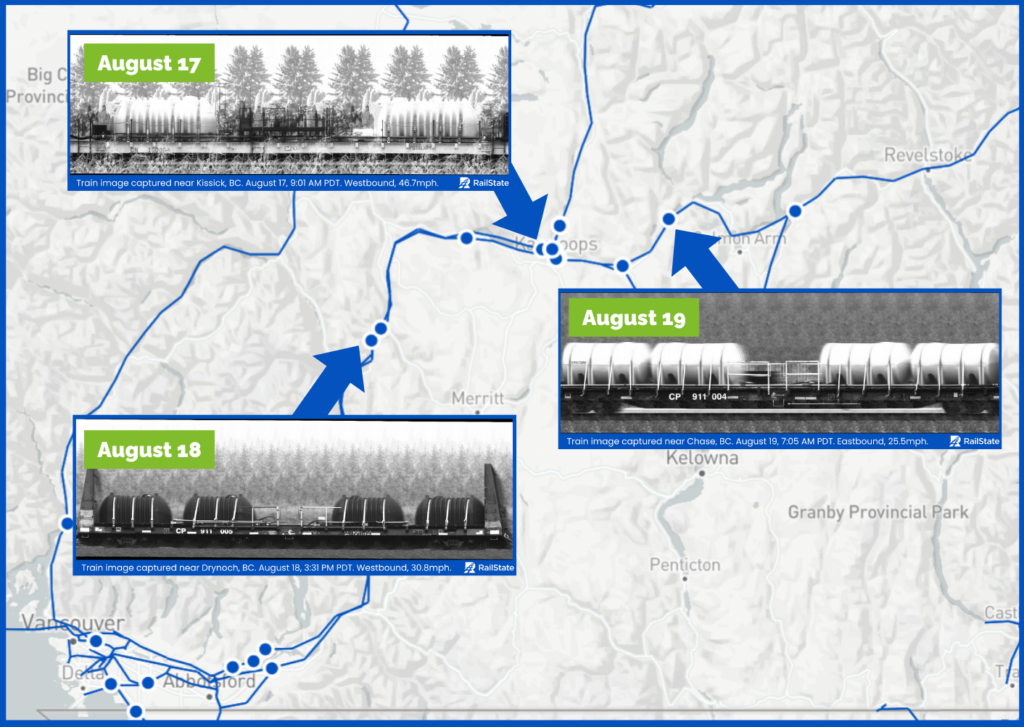
Canadian National and Canadian Pacific Kansas City operations have returned to normal in wildfire-ravaged British Columbia, where a fire halted rail traffic for a day last week, according to RailState, a company that tracks freight rail movements across Canada. The Kookipi Creek Fire shut down the railroads’ directional running zone in the Fraser River Canyon […]
Read More…

LGB Norfolk Southern Rescue Train Scale: 1:22.5 Price: $2,000 Manufacturer: LGB (Märklin, Inc.), 800-321-8811, lgb.com Features: Three-piece set includes diesel locomotive, tank car, and boxcar. Locomotive includes an mfx/Digital Command Control decoder with various light and sound functions and two Bühler motors. Running sounds also work in analog. Tank car can be filled with water […]
Read More…

Five students have received Railway & Locomotive Historical Society scholarships for 2023, the organization has announced. The awards to graduate and undergraduate students are each worth $3,000. This year’s recipients are: — Harun Celik of Ames, Iowa (Edward Myers Scholarship), an international student pursuing a Ph.D.in history at Iowa State University. He is writing a […]
Read More…
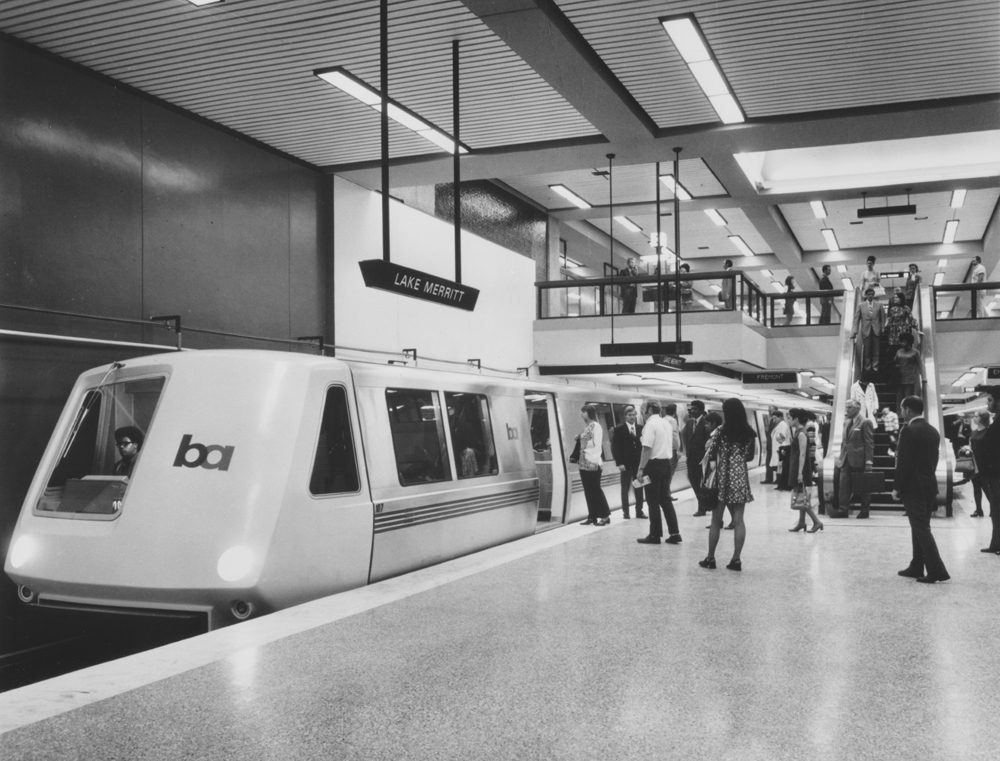
OAKLAND, Calif. — The last original Bay Area Rapid Transit cars are set to be retired next month, public broadcaster KQED reports. With some 560 of the next-generation “Fleet of the Future” now in service, BART plans to retire its legacy equipment as of Sept. 11, 51 years after the system opened. The transit operator’s […]
Read More…
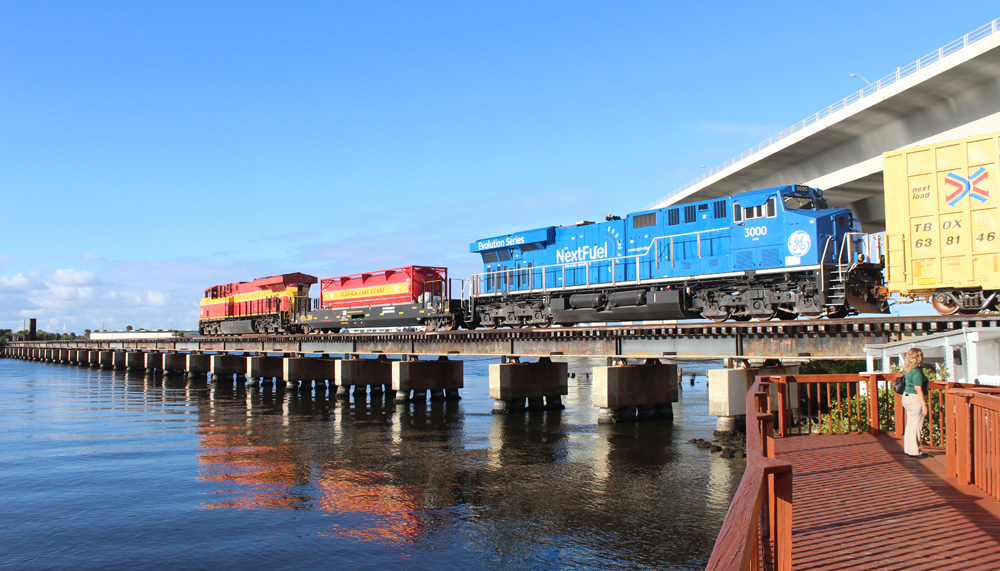
STUART, Fla. — Brightline and Florida East Coast Railway will perform additional rehabilitation work on the St. Lucie River drawbridge beginning tonight (Friday, Aug. 25), with extended overnight closures Aug. 27-28 and Aug 28-29, in order to complete the work before the start of Brightline service to Orlando, the two rail companies have announced. To […]
Read More…

WASHINGTON — Jeremy Ferguson, president of the International Association of Sheet Metal, Air, Rail and Transportation Workers-Transportation Division (SMART-TD), has been named to the Surface Transportation Board’s Railroad-Shipper Transportation Advisory Council. Ferguson, who joins the RSTAC as an at-large member, has nearly 30 years in the rail industry, having begun his career as a conductor. […]
Read More…
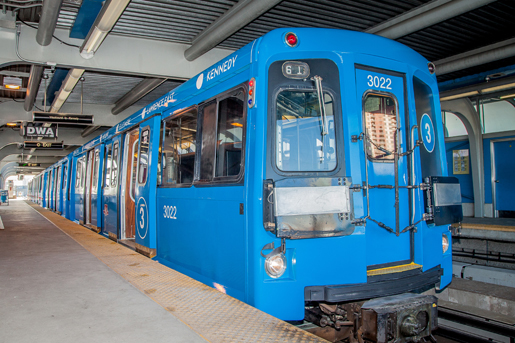
TORONTO — The Toronto Transit Commission says it will not reopen the Scarborough RT rail line in the wake of last month’s derailment that sent five people to the hospital. The route — an orphan in Toronto’s four-line subway system because of its use of a different type of equipment — was already scheduled to […]
Read More…

Asked who my main influence has been as a writer, my reflexive answer is always “David P. Morgan.” The great editor’s inspiring use of language is what, in my opinion, made Trains magazine so important to generations of readers. And although I’d never be foolish enough to compare anything I write to that of D.P.M., […]
Read More…

OMAHA, Neb. — Union Pacific furloughed 94 mechanical employees at shops across the system this week due to soft traffic volumes and a higher number of locomotives placed in storage. “As a routine part of business, we constantly examine our resources against volume needs. While some targeted furloughs are occurring in a handful of mechanical […]
Read More…

BOSTON — The Massachusetts Bay Transportation Authority will shut down a 5-mile, 11-station segment of Red Line rail service for 16 days in October to address track maintenance, the agency announced today. The shutdown from Oct. 14 to Oct. 29 will affect the Ashmont Branch between the JFK/UMass and Ashmont stations, as well as the […]
Read More…
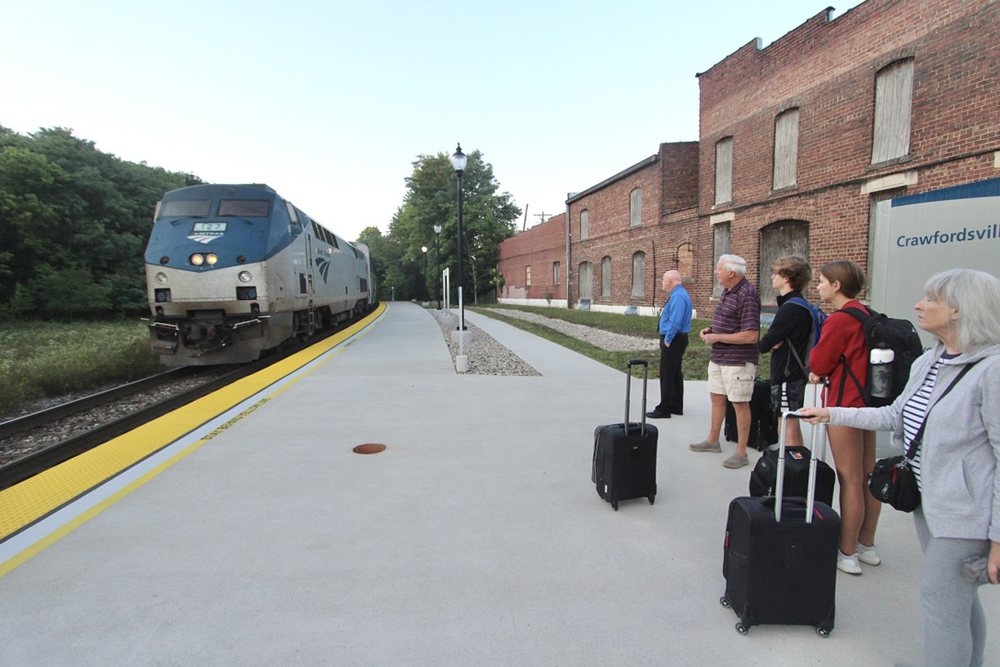
CHICAGO — “Unforeseen mechanical issues” resulted in the cancellation of Amtrak’s westbound Cardinal out of New York on Wednesday, Aug. 23, despite the fact that the triweekly train’s equipment had arrived at the Big Apple’s Sunnyside Yard late Sunday. As has been recent custom, this resulted in the cancellation of its eastbound counterpart from Chicago […]
Read More…
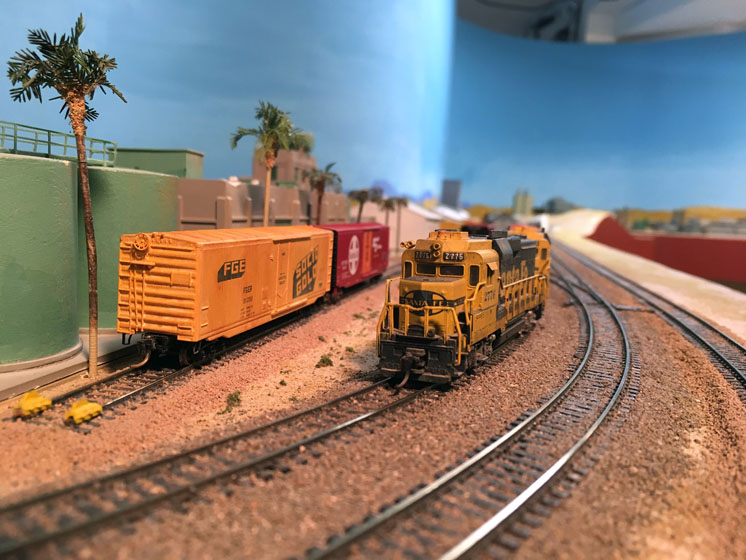
Roadbed for main lines and spurs: Lots of modelers in all scales take measures to differentiate mainline track from spurs and sidings. Spurs are dead-end tracks leading to industries, loading ramps, and sometimes stations. Sidings are tracks usually parallel to mainline tracks and are double-ended so a train can take the siding, stop, and wait […]
Read More…












